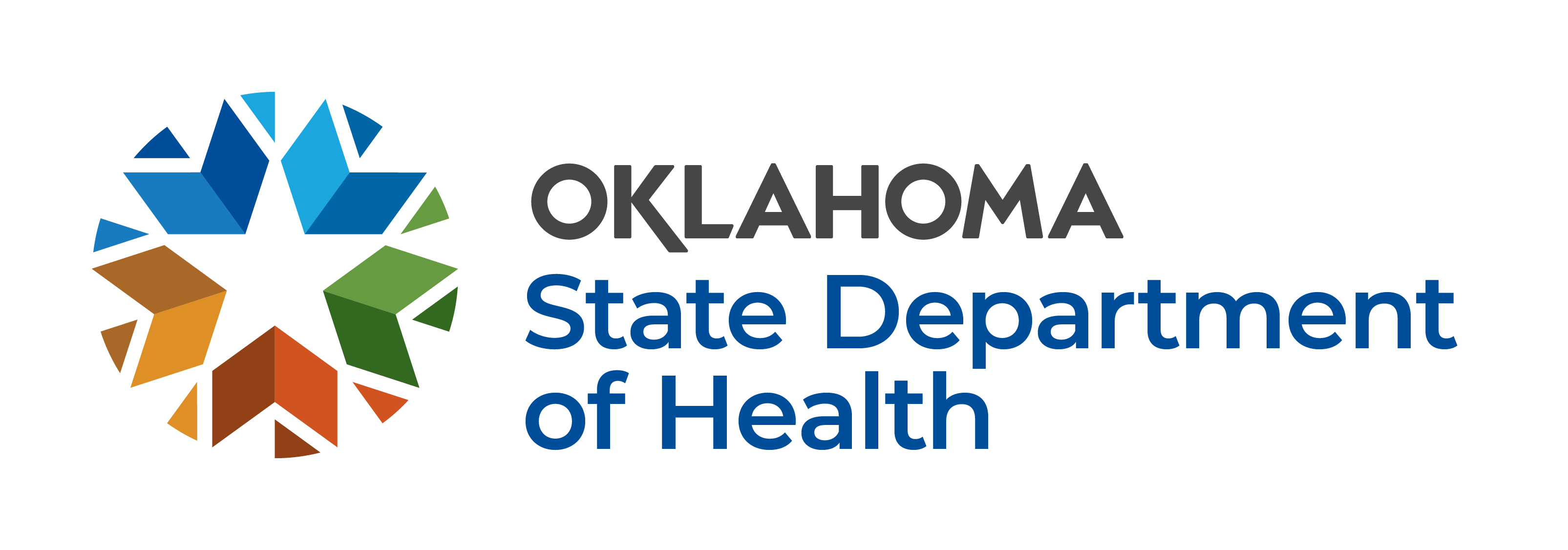Approximately 7,500 Oklahomans die each year from tobacco-related causes, with more than 700 caused by exposure to secondhand smoke alone. The Oklahoma State Department of Health's Chronic Disease and Prevention Services works to prevent tobacco initiation and reduce existing tobacco use through systems-level and social norm change. Tobacco control efforts in Oklahoma work in partnership among many organizations and agencies to ensure adherence to the best practice strategies that have been proven to work.
Tobacco use harms nearly every organ of the body, causing many diseases and affecting the health of smokers in general. Secondhand smoke causes stroke, lung cancer, and coronary heart disease in adults. Children who are exposed to secondhand smoke are at increased risk for sudden infant death syndrome, acute respiratory infections, middle ear disease, more severe asthma, respiratory symptoms, and slowed lung growth. Tobacco related disparities also continue to impact the health of groups defined by race, ethnicity, educational level, and socioeconomic status and across Oklahoma.


